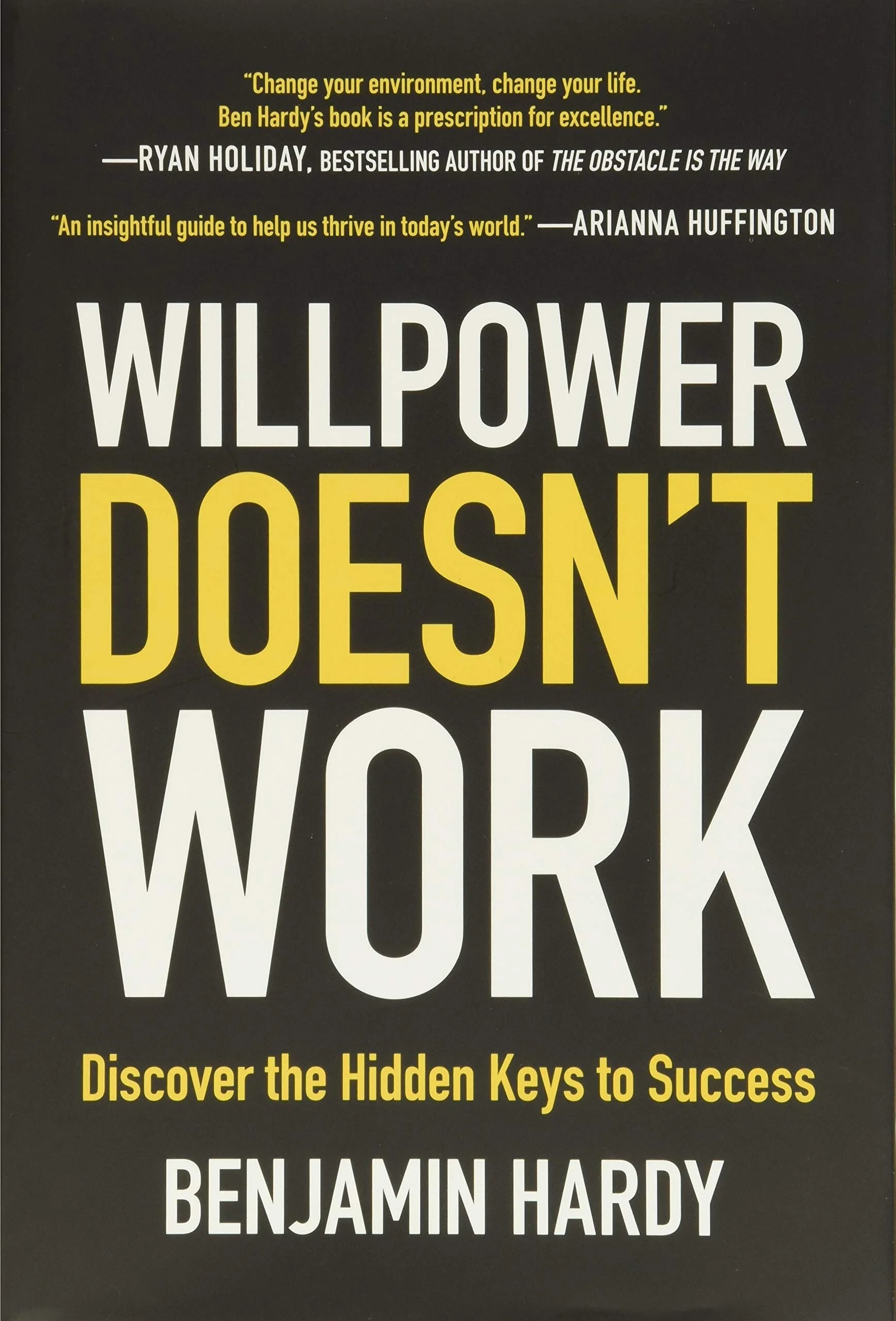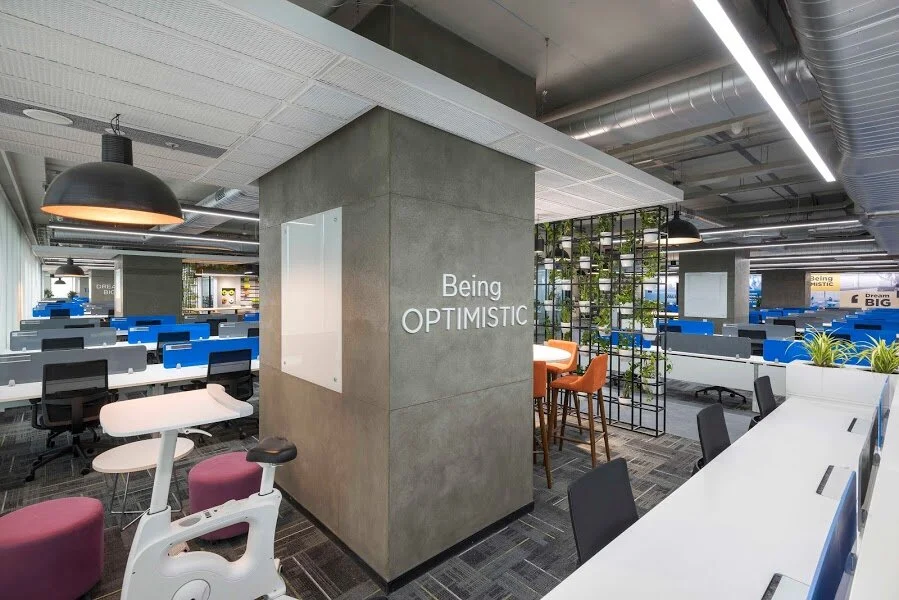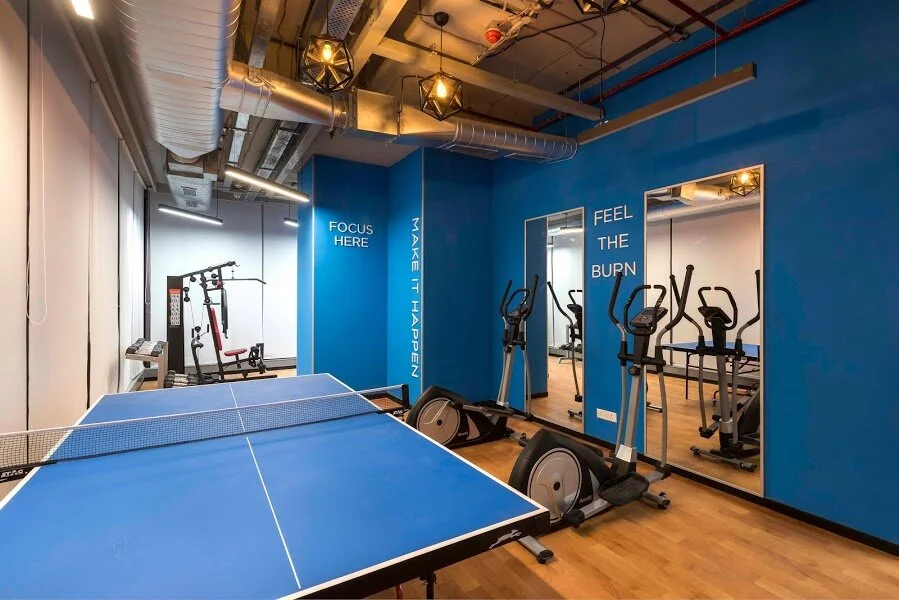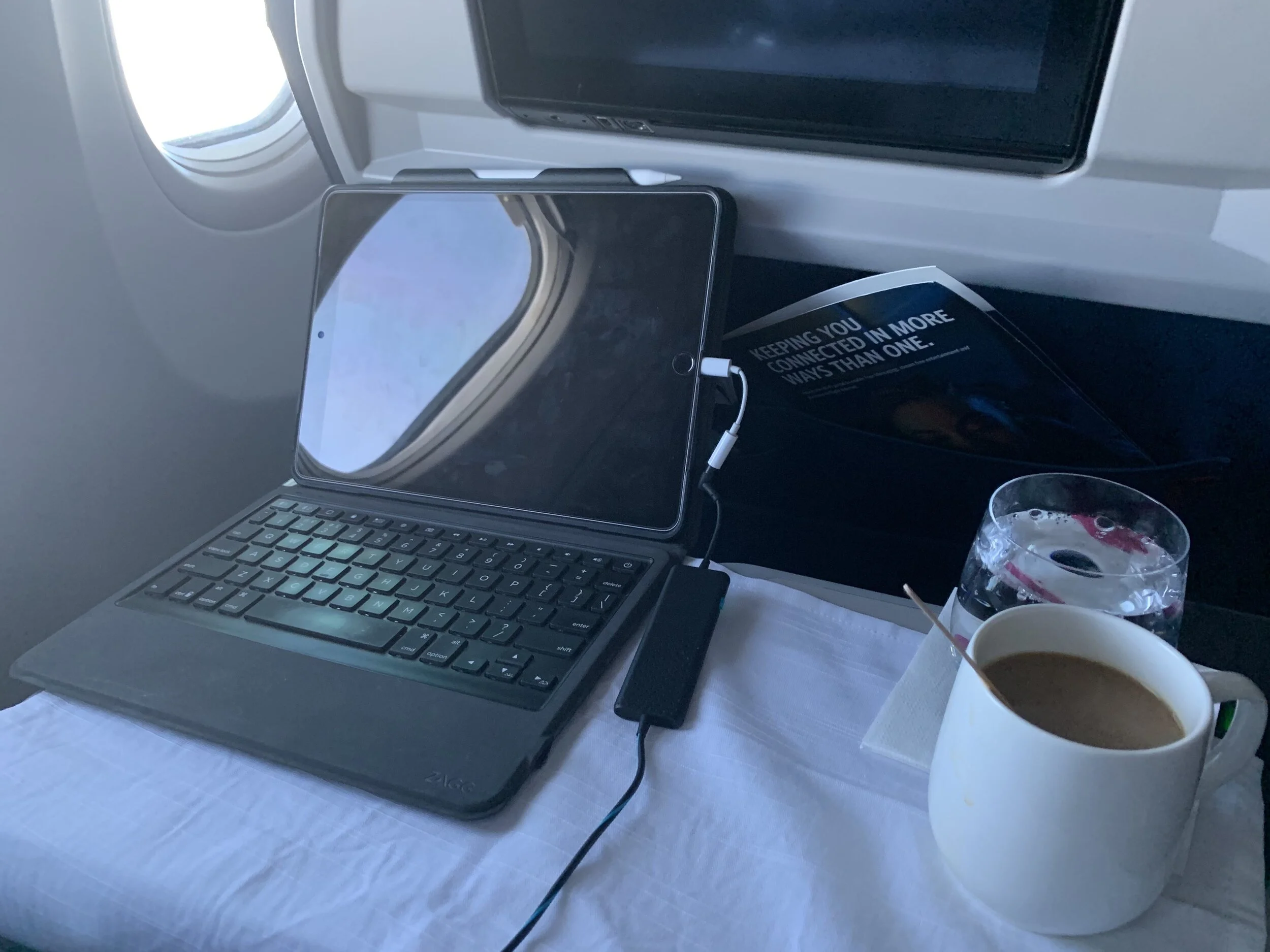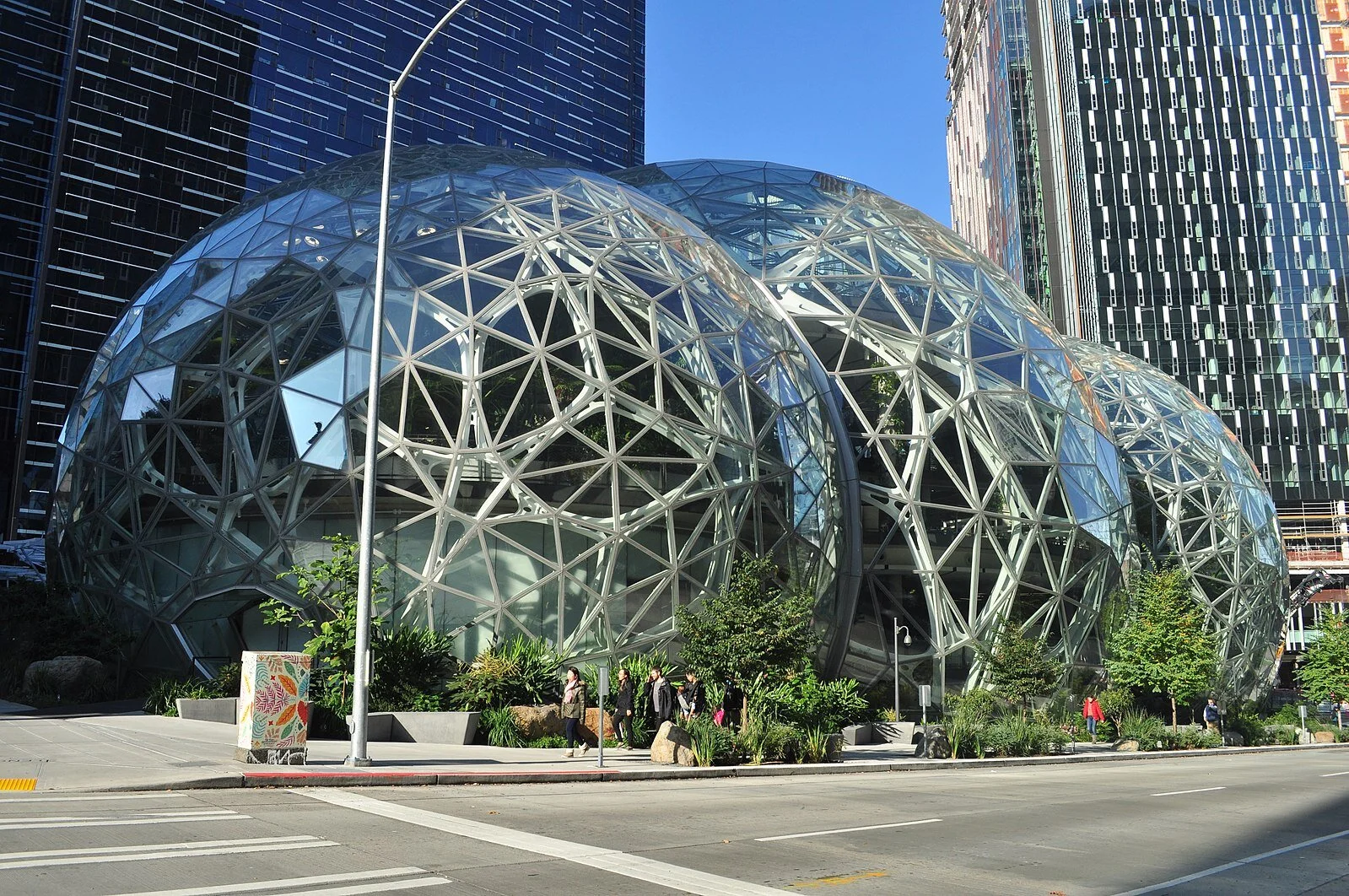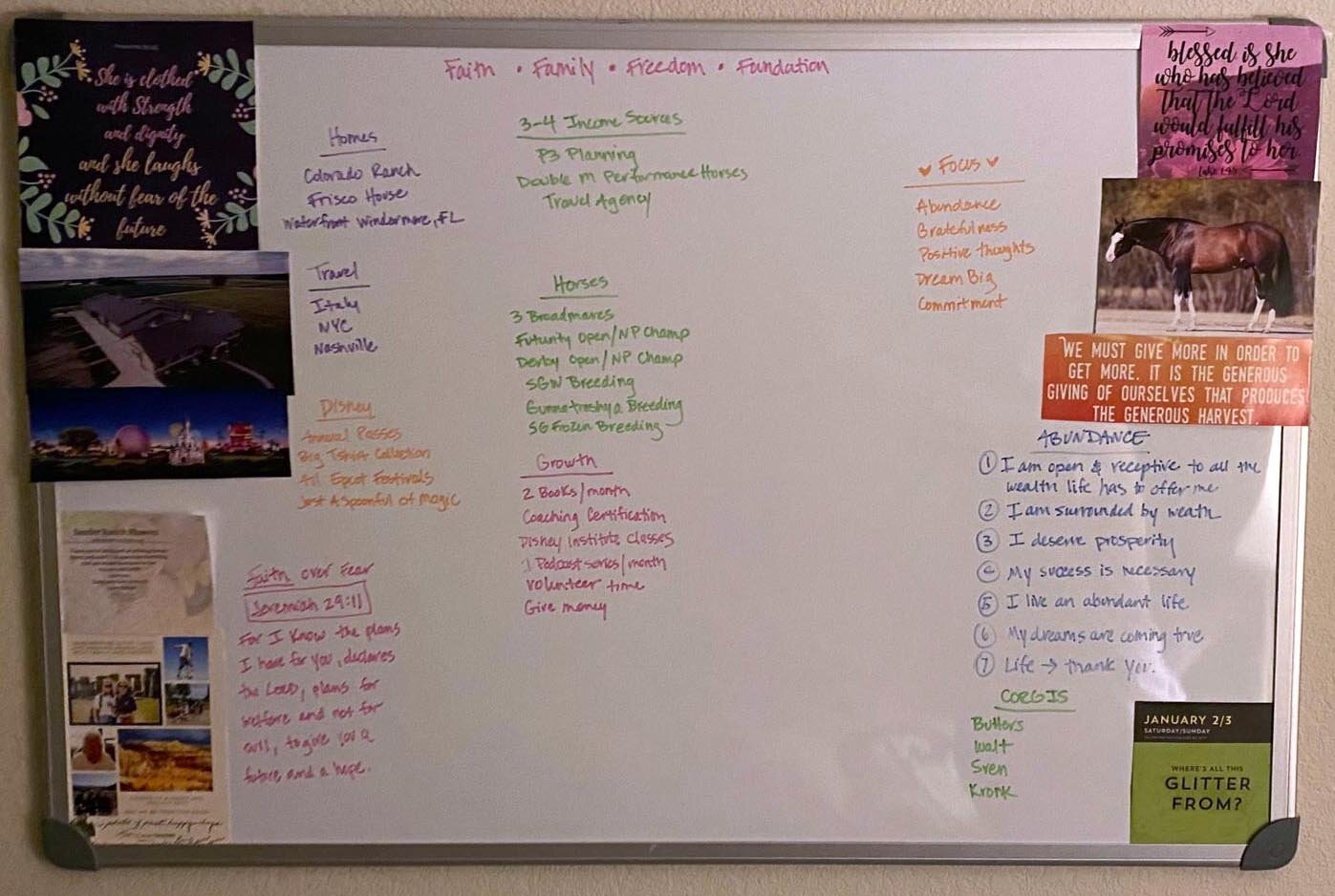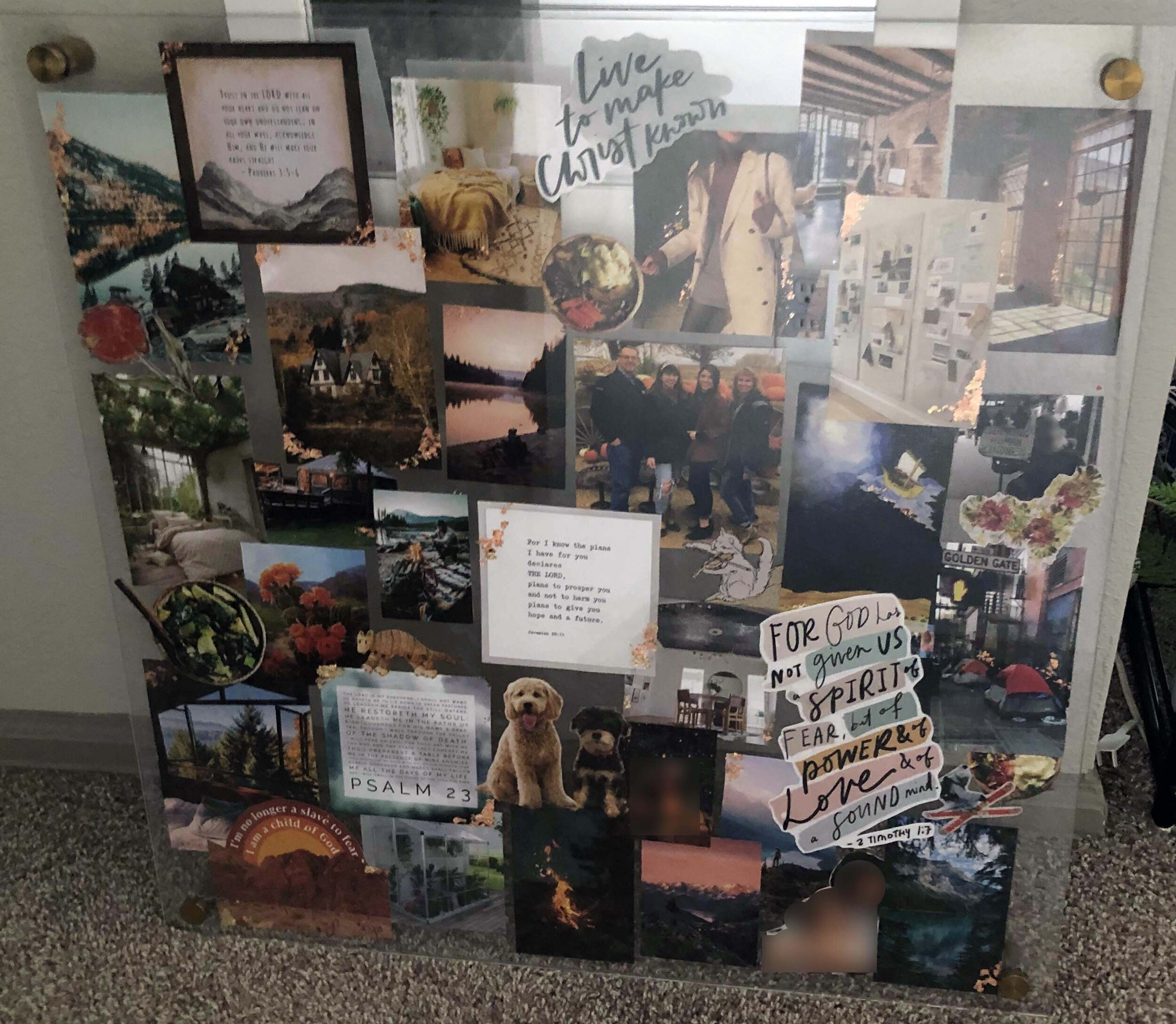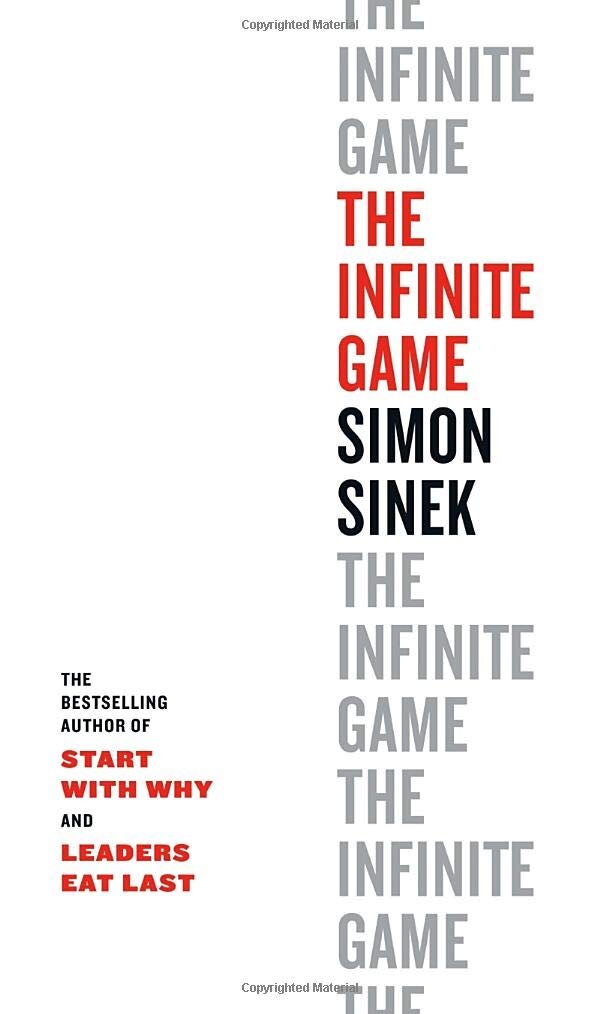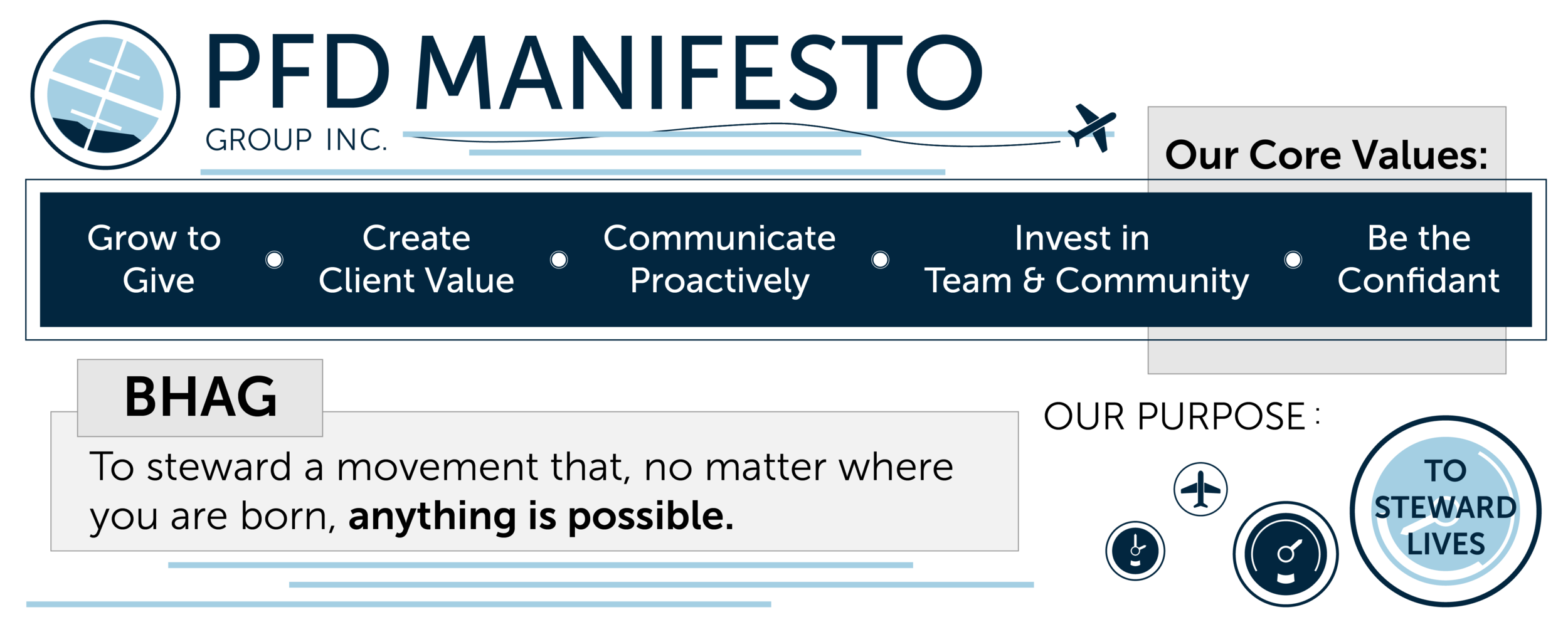As a part of our continued commitment to providing the best resources for leaders to better themselves and thrive, for our February Reading List, we recommend these three books: Good Company by Arthur Blank, Willpower Doesn't Work: Discover the Hidden Keys to Success by Benjamin Hardy, and Business Made Simple: 60 Days to Master Leadership, Sales, Marketing, Execution, Management, Personal Productivity and More by Donald Miller.
Good Company - Arthur Blank
The Home Depot cofounder and owner of the NFL's Atlanta Falcons and MLS's Atlanta United shares a vision and a roadmap for values-based business.
Arthur M. Blank believes that for good companies, purpose and profit can-and should-go hand in hand. And he should know. Together with cofounder Bernie Marcus, Blank built The Home Depot from an idea and a dream to a $50 billion-dollar company, the leading home improvement retailer in the world. And even while opening a new store every 42 hours, they never lost sight of their commitment to care for their people and communities. In fact, in 2001, The Home Depot was voted America's most socially responsible company.
Blank left The Home Depot that same year with a burning question: Could the values and culture that made that company great be replicated? Good Company takes readers inside the story of how he did just that-turning around a struggling NFL team, rebooting a near-bankrupt retail chain, building a brand-new stadium, revitalizing a blighted neighborhood, launching a startup soccer club, and more.
"When good companies put the wellbeing of their customers, their associates, and their communities first, financial success will follow," Blank writes. "The entrepreneurs and business leaders of today and tomorrow have an extraordinary opportunity: to prove that through upholding values we can create value-for the company, for the customer, and for the community."
Willpower Doesn't Work: Discover the Hidden Keys to Success - Benjamin P. Hardy
We rely on willpower to create change in our lives...but what if we're thinking about it all wrong? In Willpower Doesn't Work, Benjamin Hardy explains that willpower is nothing more than a dangerous fad-one that is bound to lead to failure. Instead of "white-knuckling" your way to change, you need to instead alter your surroundings to support your goals. This book shows you how.
The world around us is fast-paced, confusing, and full of distractions. It's easy to lose focus on what you want to achieve, and your willpower won't last long if your environment is in conflict with your goals--eventually, the environment will win out. Willpower Doesn't Work is the needed guided for today's over-stimulating and addicting environment. Willpower Doesn't Work will specifically teach you:
How to make the biggest decisions of your life--and why those decisions must be made in specific settings
How to create a daily "sacred" environment to live your life with intention, and not get sucked into the cultural addictions
How to invest big in yourself to upgrade your environment and mindset
How to put "forcing functions" in your life--so your default behaviors are precisely what you want them to be
How to quickly put yourself in proximity to the most successful people in the world--and how to adapt their knowledge and skills to yourself even quicker
How to create an environment where endless creativity and boundless productivity is the norm
Benjamin Hardy will show you that nurture is far more powerful than your nature, and teach you how to create and control your environment so your environment will not create and control you.
Business Made Simple: 60 Days to Master Leadership, Sales, Marketing, Execution, Management, Personal Productivity and More - Donald Miller
Is this blue book more valuable than a business degree?
Most people enter their professional careers not understanding how to grow a business. At times, this makes them feel lost, or worse, like a fraud pretending to know what they’re doing.
It’s hard to be successful without a clear understanding of how business works. These 60 daily readings are crucial for any professional or business owner who wants to take their career to the next level.
New York Times and Wall Street Journal bestselling author, Donald Miller knows that business is more than just a good idea made profitable – it’s a system of unspoken rules, rarely taught by MBA schools. If you are attempting to profitably grow your business or career, you need elite business knowledge—knowledge that creates tangible value.
Even if you had the time, access, or money to attend a Top 20 business school, you would still be missing the practical knowledge that propels the best and brightest forward. However, there is another way to achieve this insider skill development, which can both drastically improve your career earnings and the satisfaction of achieving your goals.
Donald Miller learned how to rise to the top using the principles he shares in this book. He wrote Business Made Simple to teach others what it takes to grow your career and create a company that is healthy and profitable.
These short, daily entries and accompanying videos will add enormous value to your business and the organization you work for. In this sixty-day guide, readers will be introduced to the nine areas where truly successful leaders and their businesses excel:
Character: What kind of person succeeds in business?
Leadership: How do you unite a team around a mission?
Personal Productivity: How can you get more done in less time?
Messaging: Why aren’t customers paying more attention?
Marketing: How do I build a sales funnel?
Business Strategy: How does a business really work?
Execution: How can we get things done?
Sales: How do I close more sales?
Management: What does a good manager do?
Business Made Simple is the must-have guide for anyone who feels lost or overwhelmed by the modern business climate, even if they attended business school. Learn what the most successful business leaders have known for years through the simple but effective secrets shared in these pages.
Take things further: If you want to be worth more as a business professional, read each daily entry and follow along with the free videos that will be sent to you after you buy the book.







